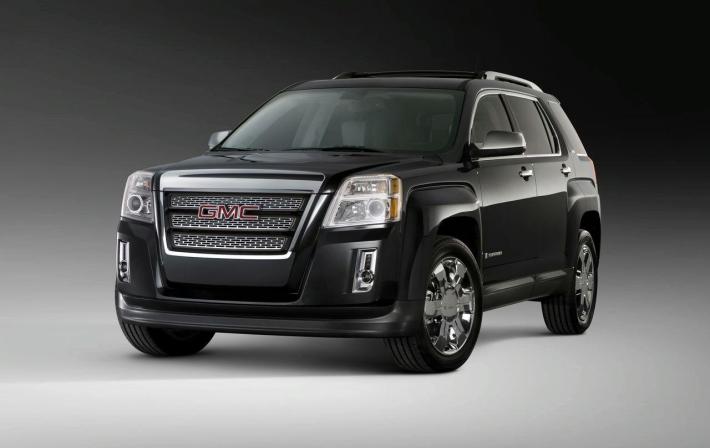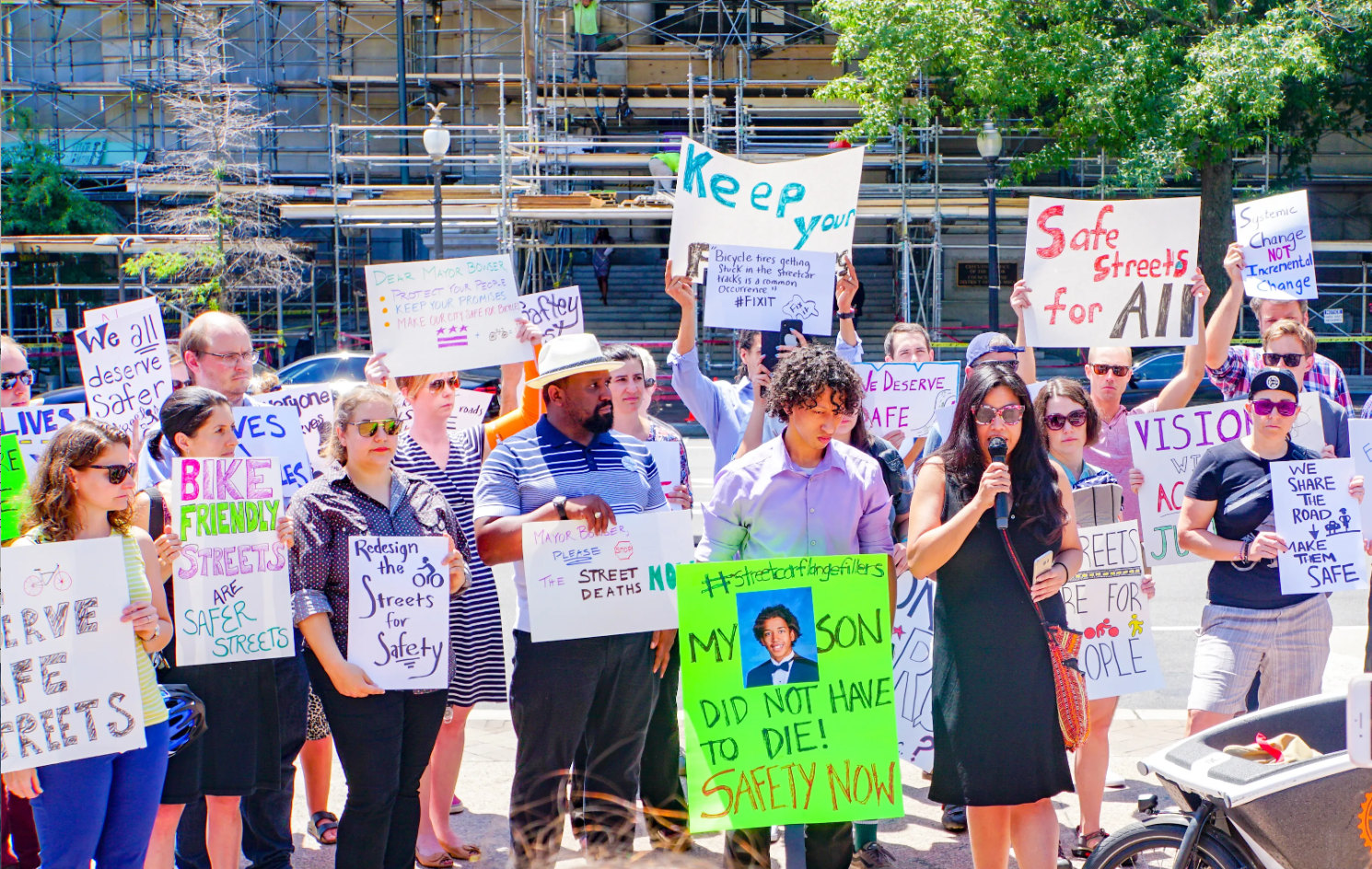You may have heard last week that a former Shell executive predicted that gas prices would reach five dollars a gallon by the end of next year. John Hofmeister is now the head of Citizens for Affordable Energy, which advocates for increased coal, gas, and oil production in the U.S. He’s also the author of a book called “Why We Hate the Oil Companies: Straight Talk from an Energy Insider.”
Hofmeister told Platts in an interview last week, “If we stay on our current course, within a decade we’re into energy shortages in this country big time.” He’s predicting “blackouts, brownouts, gas lines, rationing” and says it’s the result of politically-driven decisions to “fritter at the edges” of renewable energy.
Conservatives are going after Obama for rising oil prices (more on this soon), blaming him for canceling Bush-approved oil leases and slowing production after the Gulf oil spill. Hofmeister warns that with the economy recovering, demand is going back up worldwide, especially in Asia.
Although the news media has gone wild over Hofmeister’s predictions, no economist is willing to get behind them. Even John Kingston, the news director of Platts – where Hofmeister first made his prediction – has refuted his numbers.
Kingston told CNN he doesn’t understand why gas prices would rise so high so fast – “it certainly wouldn’t be as a result of the lack of energy because the U.S. has tons of coal and the U.S. now has massive reserves of natural gas,” he said.
He said flat-out that five-dollar gas prices by next year aren’t realistic. “That would require crude oil prices to be up around $170 to $180,” he said. “The most bullish forecast I’ve seen tends to come from the people at Barclay’s, and even they don’t see a price beyond $150 by 2015.”
At the same time as all this hullabaloo over skyrocketing gas prices (and the irrefutable reality of $3/gallon gas today), the auto industry is reporting that sales are bouncing back from recession lows.
New car and truck sales came in at 11.6 million for the year – way down from the 2005 peak of 17.4 million, but on the upswing from 2009, when sales bottomed out at 10.6 million. And remember, all those layoffs and “efficiency measures” the companies made when they were getting bailed out by the feds have made them leaner. They can post a profit with lower car sales now than before.
And the American car-buyer has fallen back in love with oversized gas-guzzlers. After a brief flirtation with more efficient vehicles the last time gas prices spiked, they’ve returned to their roots. Last month – with gas over three bucks a gallon – SUV and truck sales made up 54.3 percent of all vehicle sales.






